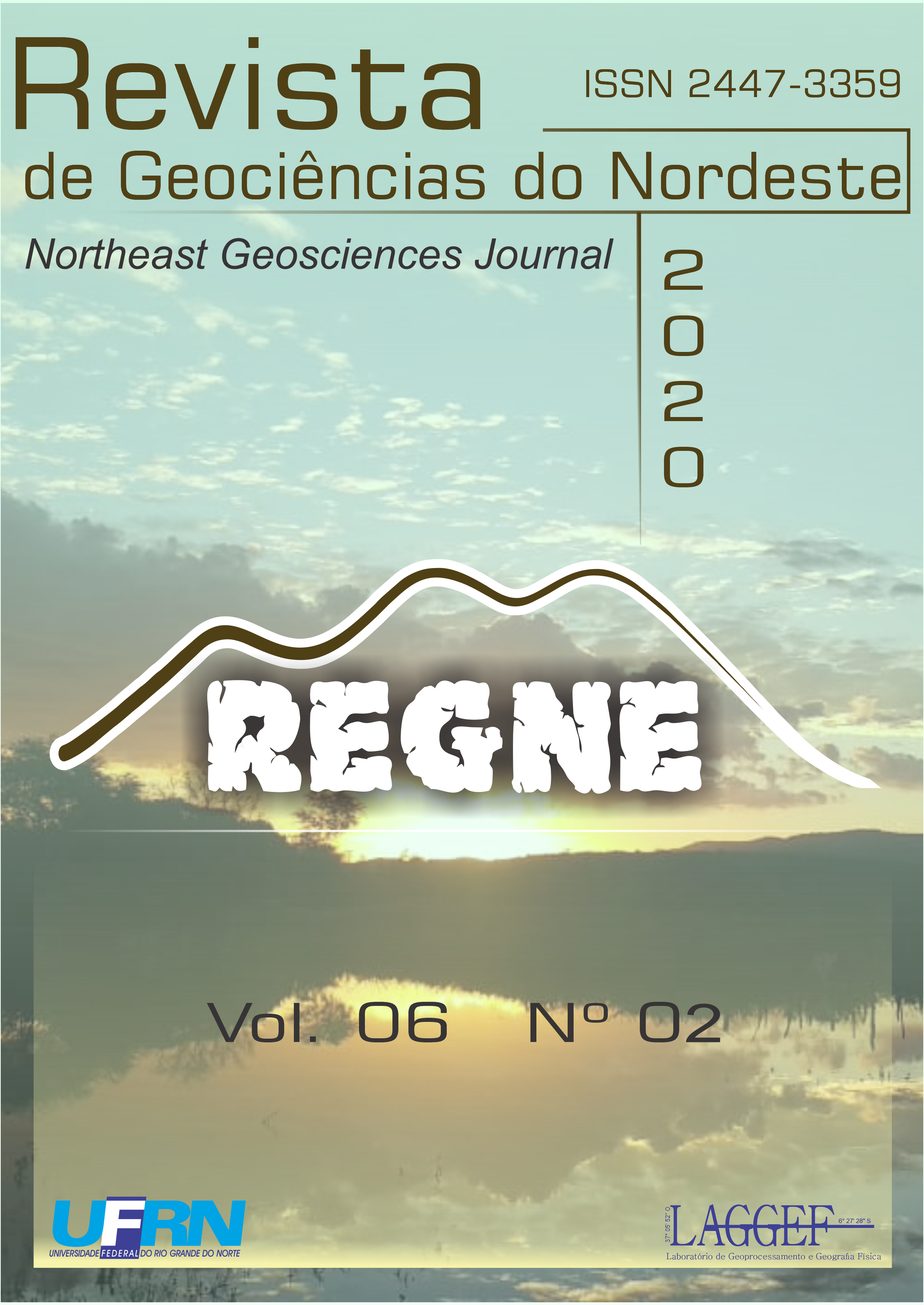SOCIAL VULNERABILITY INDEX TO NATURAL DISASTERS FOR URBANS AREAS
DOI:
https://doi.org/10.21680/2447-3359.2020v6n2ID19280Abstract
An application of Social Vulnerability Index - SoVI® is presented, with the interest of contributing to vulnerability to natural disasters in urban areas on geographic studies. As an example, we used demographic census data by urban census sectors of Santos city - São Paulo Coastal Zone. Nine mean components of social vulnerability in Santos were detected and it explain 75.6% of variance. The first component is social, racial and gender inequality and the most vulnerable population group is the youngs wemen, browns, without income, literate, and residents in improvised households. High SoVI® values were observed in northern sectors of city, which comprises the port area, the center and the areas of subnormal households. The lowest indexes are distributed in the southern sector, especially on the beach front. In Santos, the mapping of SoVI® shows an effective subproduct of historical events and socio-spatial contexts, which explains how the processes of precarious and segregated urbanization incorporated different levels of social vulnerability with deprivation of social rights, to thee city and social justice. The use of SoVI® for urban areas can be an interesting strategy for natural risks and disasters studies, provided that the methodological processes of elaboration and organization are theoretically clear and substantiated.


 Português (Brasil)
Português (Brasil) English
English







